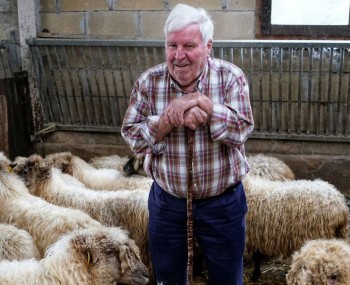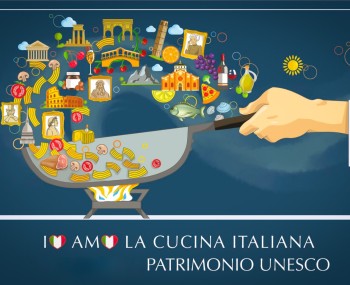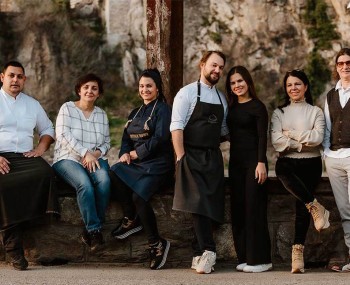Lorenzini has spent many years in France, gravitating within the Ducasse galaxy. Today he puts on a show at Osteria di Passignano, Michelin-Starred since 2007, where his charisma mixes with the connotations of a mythological setting, between medieval and avant-garde.
Osteria di Passignano
The restaurant
Being publicly thanked in the latest book by the most illustrious and celebrated chef on the planet? Check. Matteo Lorenzini, thirty-seven years old from Siena, now at the helm of Osteria di Passignano, can brag about being listed in "Une vie de goûts et de passions," Alain Ducasse's new book, among the collaborators, as passionate as they are diverse, who have contributed to the professional success of the chef and entrepreneur who boasts no fewer than Twelve Michelin Stars.
Overall, Lorenzini has spent many years in France, gravitating within the Ducasse galaxy. The collaboration began in Saint-Paul-de-Vence in 2008 and continued at Louis XV in Paris, where he rose from 3°commis to Chef de Partie in three years. Some important Italian experiences followed, most importantly Le Tre Lune in Calenzano, where, at the age of twenty-nine with two other partners and a total investment of not even ten thousand euros, he brought a Michelin Star to the outskirts of Florence in seventeen months. Exactly ten years after the first time, there's the blowback with France, when he stays two years at Cucina Mutualité in Paris, then moving on to the three-starred Alain Ducasse at The Dorchester in London until 2021.

2021 is the year Lorenzini returns to his native Tuscany for an extremely prestigious project, taking the reins at Osteria di Passignano, a Michelin star since 2007. The estate, owned by the Antinori family, one of the most enchanting in Chianti Classico, is where Badia a Passignano D.O.C.G. was born, in the vineyards that surround the thousand-year-old abbey that dominates the small medieval village and that guards within its walls the bioactive Badia Garden. The garden is cultivated with innovative methods that maximize the quality of the products in the nutritional sphere and the authenticity of the flavors, determining an indissoluble relationship between the Osteria's proposal and the cyclical nature of the seasons.


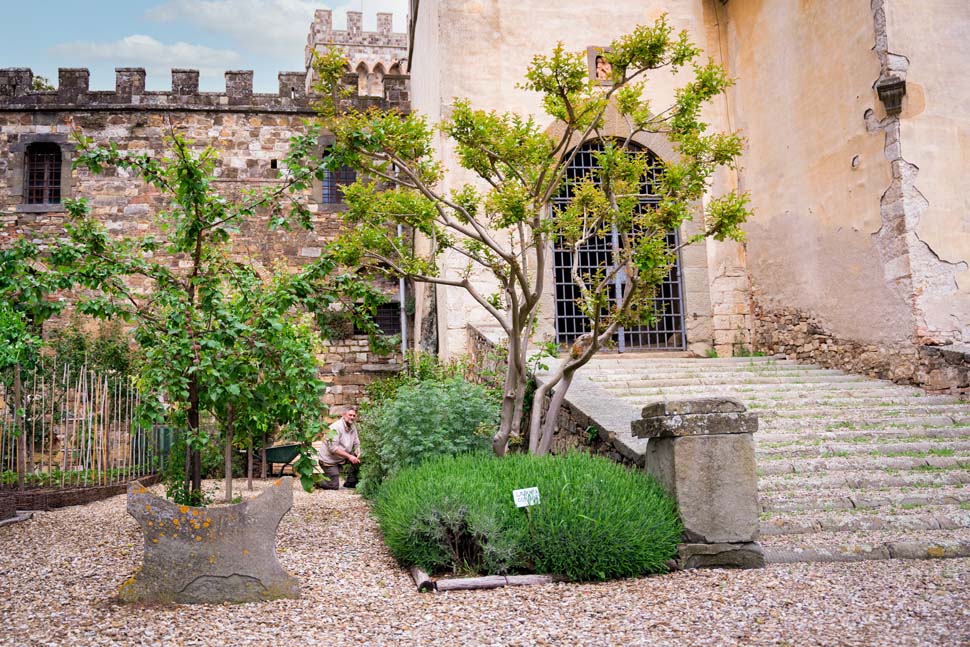
In this context, Matteo Lorenzini seems to retrace the poetics of artist-activist Piero Gilardi, a scholar of the human-nature relationship through his "portable landscapes" representing sylvan scenes in polyurethane panels, which refers to the concept of "rinaturarsi" (a neologism which could stand for “rebirth through nature”). That is, to regenerate and reconnect with nature, because "art helps to prefigure, through aesthetic symbols, a different future," and this can also be done in the kitchen. The vegetables, just a few meters from the Osteria, set the pace for the preparations and menu rotation. They also become the object of experimentation and aesthetic elements of the dining experience.


Likewise, the chef has always done his best to foster the cross-pollination between cuisine and history: his studies on medieval gastronomy, in collaboration with University of Siena archaeology professor Marco Valenti, on the anthropology of food and on the scientific nature of culinary tradition are a solid launching pad for his innovative impetus in the kitchen and expression of an identity that mixes the charisma of the chef with the connotations of a mythological setting, between the Middle Ages and the avant-garde.

The interiors of Osteria di Passignano also went through renewal, with a restyling personally overseen by Allegra Antinori, who wanted to reintroduce the geometric lines and typical medieval colors in homage to the splendid Badia that stands a few meters away. Among the lozenges and purple rhombuses on the walls, the spaces have gained more depth and represent a glimpse of absolute elegance.



The dishes
We are greeted with elegant spontaneity by Gabriele Gorelli, who has been with Marchesi Antinori for a decade, first at Rinuccio 1180 and now director of dining at Osteria di Passignano. He inaugurates our lunch with a glass of Marchese Antinori Tenuta Montenisa Blanc del Blancs accompanying a mousse of chickpeas, lime, and sesame: the perfect start to a set of courses which plays between sweetness and acidity.
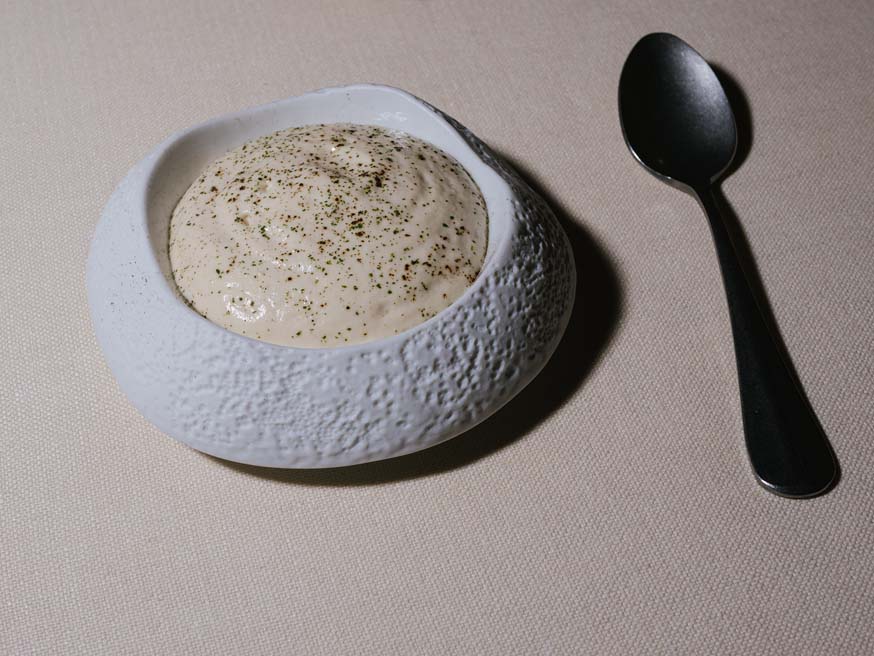
From the bakery area arise crackers, breadsticks, and a white bread with sourdough. Lorenzini's prowess lies in being able to obtain fullness and roundness of flavor, persuasive textures and aromatic, sensory fulfillment from meticulous and profound work on vegetables. Since his arrival in Passignano almost two years ago, he had immediately devoted himself to investigating the countless unexpressed facets of vegetables.


And indeed, as if it were Villeroy & Boch porcelain, a kohlrabi from Badia´s garden makes its entrance into the room to be laid on the table. Hollowed out, with the top, leaves included, serving as a lid. A sauce made of smoked egg yolk is taken from its interior to drizzle over the dish where the cabbage pulp, also smoked, resides with cauliflower florets. The result is a melodious minuet between sweetness and smoke that the caviar´s savory highlights, tickling at times.

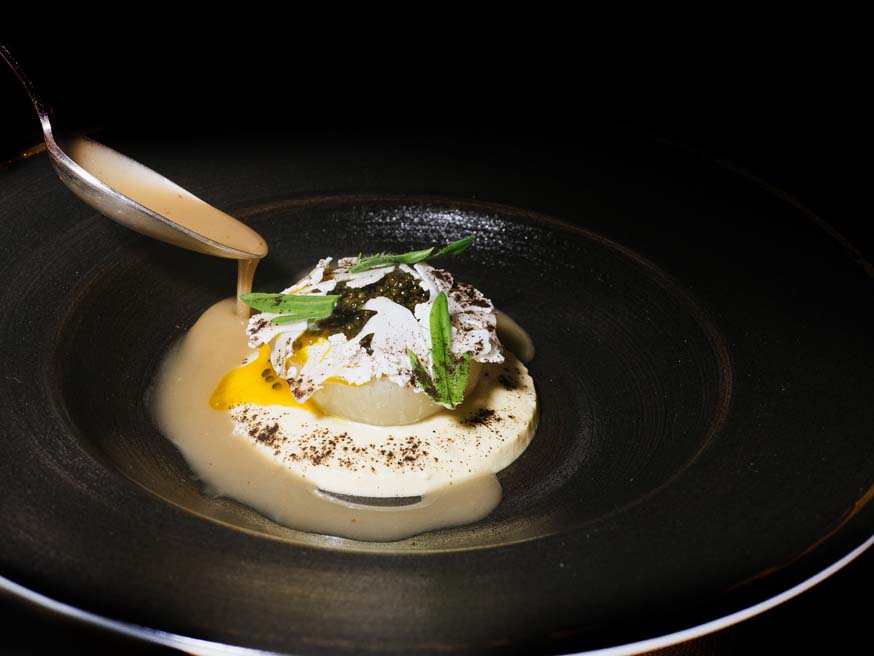
A refined flavor complexity envelops the stewed escarole terrine, where the bitterness is a backdrop that transforms into the introduction of the aromas of the garden’s herbs, served with a sauce of the escarole´s cooking juice. White turnips and radishes brushed with yuzu intervene with a contribution of acidic pungency; truffle dispenses umami and a radish leaf closes the party.

It is the bitter astringency of the thistles that moderates the boldness of the seared scallops, which amalgamates with the comfort of a remarkable thistle pain brioche and the added lusty collagen of the mollusk's tripe.

The spelt with seafood, cuttlefish, and roasted Jerusalem artichoke bursts into all its gustatory floridity, with shiitake mushrooms and their powder interfering with slight acidity, backed in this also by salicornia. To sprinkle with olfactory and tactile pleasantness the turn of the meal is the napkin wrapped in the aroma of citrine grass, a touch of extreme refinement that elevates the level of elegance of the experience.

The effect of the guinea fowl ravioli comes very close to enticement: the exceptional puff pastry and the lascivious filling bathed in a very fine cream of vinsanto zabaglione, with the nutty hint of herb Chianti cardoncelli mushrooms and the citric punctuations of oxalis.

In the meat course, the elements that constitute the nourishment or the environment in which the animal has settled are representative, almost as if the dish were a diorama where materials belonging to the same cultural register are found, such as hay for veal, or corn for pigeon. The veal, soft and delicate, combines with the bitterness and vigorous bite of the scorzonera, inebriated in the finish by the slight earthiness of the truffle and the spice of dried herbs given by the hay.

The pan-cooked pigeon breast is served with a foie gras escalope accompanied by a coarse-grained yellow flour polenta, for a full-bodied chew, which also features corn in a crunchy version.

In a pastry aesthetic that expresses itself by subtraction and essentiality, the first of the desserts is an evocation of orange and barley drinks; it consists of a cocoa sorbet, a citrus sauce, and barley wafers.

On the other hand, the tiramisù encloses a coffee and hazelnut ice cream and a mascarpone sphere.
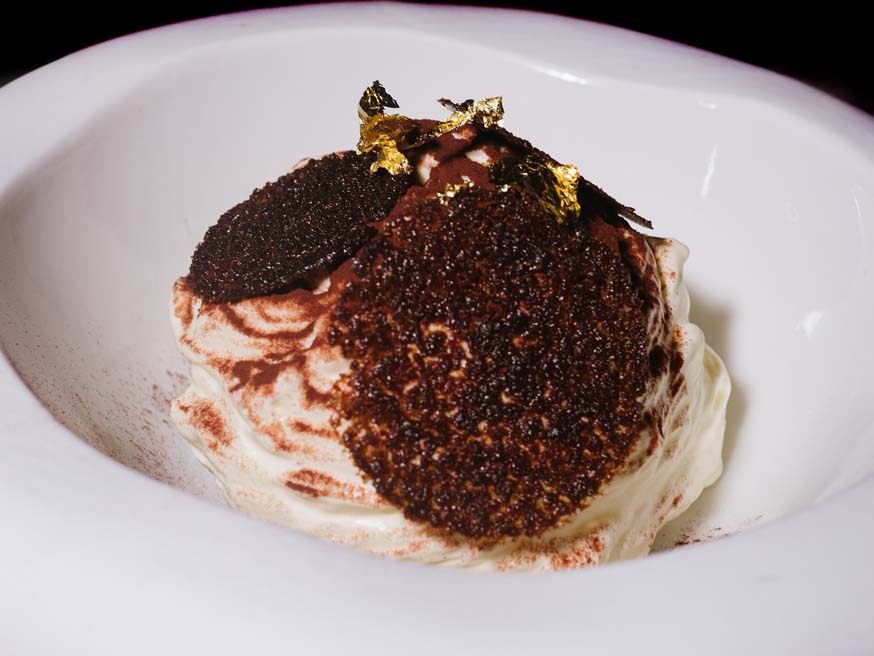
To end, the petit fours featured rum and chocolate truffle, sablé with white chocolate and lime namelaka, and bignolina with vinsanto cream.

Address
Osteria di Passignano
Via Passignano, 33, 50028 Badia A Passignano FI
Tel: 055 807 1278



